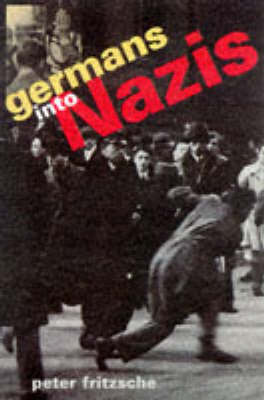This work organized around turning points in 1914, 1918 and 1933 explains why the Nazis were so popular and what was behind the political choice made by the German people. Rejecting the ideas that the Germans voted for Hitler because of their hatred for the Jews or humiliation of losing World War I, or had been ruined by the Great Depression, the author argues that Nazism was part of a larger process of democratization and political invigoration that began with the outbreak of war in 1914. The 20-year period following was characterized by the steady advance of a broad populist revolution that was animated by war, drew strength from the Revolution in 1918, menaced the Weimar Republic, and finally culminated in the Nazis. They twisted together the ideas of both Left and Right, crossing nationalism with social reform, anti-Semitism with democracy and fear of the future with the hope of a new beginning. This radical rebelliousness destroyed old authoritarian structures as much as it attacked liberal principles.
- ISBN10 067435091X
- ISBN13 9780674350915
- Publish Date 15 March 1998
- Publish Status Out of Print
- Out of Print 11 August 2011
- Publish Country US
- Imprint Harvard University Press
- Format Hardcover
- Pages 288
- Language English
